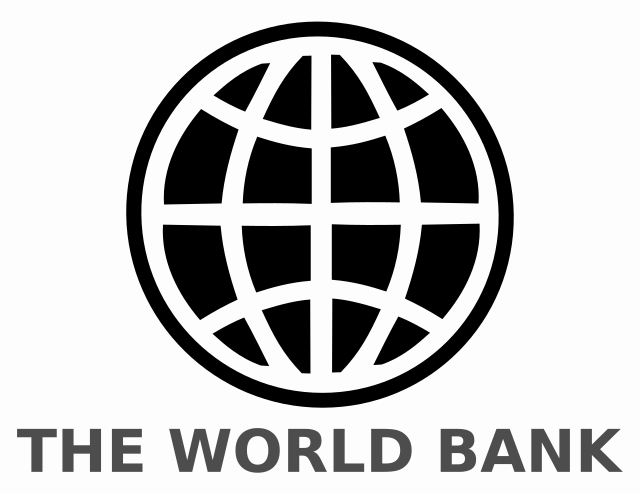Now Reading: Bombay High Court Decision: TikTok’s Petition Dismissed
-
01
Bombay High Court Decision: TikTok’s Petition Dismissed

Bombay High Court Decision: TikTok’s Petition Dismissed
The Bombay High Court, in its detailed judgment, upheld the decision of the Registrar of Trade Marks to refuse TikTok’s application for inclusion in the list of well-known trademarks. The Court reasoned that the Registrar was justified in considering the Government of India’s ban on the TikTok app as a relevant factor under Section 11(6) of the Trade Marks Act, which allows the Registrar to take into account any fact deemed relevant when determining whether a trademark is well-known. The Court noted that the ban, imposed under the Information Technology Act and Rules, was still in force and was based on serious concerns about India’s sovereignty, integrity, defence, and public order. The Court emphasised that these are significant matters that cannot be ignored when granting special trademark protection.
Furthermore, the Court clarified that while the TikTok trademark remains registered in India and continues to enjoy statutory protection, the additional status of being recognised as a “well-known” mark is a distinct privilege. Given that the app itself is banned and the ban has not been lifted or set aside by any competent authority, the Court found no error in the Registrar’s refusal to grant well-known status. The Court also dismissed the argument that lifting bans on other applications could be a basis for TikTok’s claim, reaffirming that each case must be considered on its own merits and the prevailing circumstances.
The Court held that the Registrar had properly exercised his discretion by considering all relevant factors, including the ongoing ban, and dismissed TikTok’s petition.
Mechanism for Registration of Well-Known Trademarks in India
The process for registering a well-known trademark in India is set out in Section 11(6) of the Trade Marks Act, 1999 and Rule 124 of the Trade Marks Rules, 2017. Anyone seeking well-known status for their mark must apply online using Form TM-M and pay the prescribed fee. The application must include a detailed statement of case and substantial evidence of the mark’s reputation, such as market surveys, sales data, advertising material, media coverage, and enforcement or judicial recognition records.
The Registrar examines the application and supporting documents to determine if the mark meets the statutory criteria, which include the degree of public recognition, duration and extent of use, and the mark’s promotion. If satisfied, the Registrar publishes the mark in the Trade Marks Journal for public opposition. If no opposition is received or sustained, the mark is added to the official list of well-known trademarks, granting it enhanced protection across all goods and services. Additionally, Indian courts have the authority to declare a trademark well-known during infringement or passing off proceedings, independent of the administrative process.
Key Takeaways
It is important to remember that recognition as a well-known trademark in India is essentially a negative right—it protects the mark from dilution or misuse by third parties across all classes. Still, it does not grant an automatic monopoly over all goods and services. Overreaching by seeking protection in unrelated classes can risk cancellation for non-use or bad faith. While the Bombay High Court noted that TikTok retains statutory protection through its registration, the denial of well-known status raises concerns about TikTok’s ability to effectively guard against dilution or misuse, especially given the Court’s implicit finding that TikTok lacks sufficient goodwill or fame in the Indian market under current circumstances.
In conclusion, the judgment underscores the interplay between regulatory actions and trademark law, affirming that while statutory registration offers baseline protection, recognition as a well-known mark and the broader safeguards it confers remain subject to prevailing public policy considerations and the brand’s actual presence and reputation in the Indian market.










